Physical activity is important for children's health and well-being, and skating is a fun way to exercise. Skating involves moving on wheels, either on inline skates or a skateboard, and can be done indoors or outdoors. It is a great way to get children active, burn calories, and improve their physical fitness. In this article, we will discuss why skating is a great exercise for kids, and how it can benefit their health and fitness.
Reason 1: Skating is a Fun Way to Exercise
Skating is an enjoyable physical activity for kids, and it is a great way to get them moving. Compared to other forms of exercise, like running or cycling, skating can be more fun and exciting. It allows children to explore their environment and engage with other skaters. Skating can also be done in a group, making it a social activity that encourages interaction and communication.
Reason 2: Skating Improves Balance and Coordination
Skating involves a lot of balance and coordination, which makes it a great exercise for improving these skills. Skaters have to maintain their balance while moving on wheels, and they have to coordinate their movements to turn and stop. Good balance and coordination are important for many physical activities, like playing sports or riding a bike. Skating can help children develop these skills, making them better at other activities too.
Reason 3: Skating Strengthens Muscles and Bones
Skating is a weight-bearing exercise, which means that it puts pressure on the bones and muscles, making them stronger. Skating uses the legs, core, and back muscles, which can help develop a strong and toned body. Compared to other forms of exercise, like swimming, skating can be more effective at strengthening bones and muscles.
Reason 4: Skating Improves Cardiovascular Health
Skating is an aerobic exercise that raises the heart rate and increases blood flow, making it great for cardiovascular health. Skating can improve lung function, reduce the risk of heart disease, and lower blood pressure. Regular skating can also improve endurance and stamina, making it easier for children to engage in other physical activities.
Reason 5: Skating Helps with Weight Management
Skating is a great way to burn calories and maintain a healthy weight. Skating can burn between 300-600 calories per hour, depending on the intensity of the activity. Skating is also a low-impact exercise, which means that it puts less pressure on the joints than other forms of exercise. Skating can be a great alternative to running or cycling for children who may have joint pain or injuries.
Reason 6: Skating Improves Mental Health
In addition to the physical benefits, skating can also have a positive impact on mental health. Skating is a great way to reduce stress and anxiety. When children skate, they are able to focus on the present moment and release any negative emotions. This can lead to an improved mood and overall mental well-being. Skating can also help children develop self-discipline and perseverance, which are valuable life skills.
Reason 7: Skating Teaches Persistence and Goal-setting
Skating can be a challenging sport that requires practice and dedication. When children learn to skate, they are taught the importance of persistence and goal-setting. Through skating, children learn to set achievable goals and work hard to reach them. They also learn to cope with failure and how to get back up and try again. These skills can be applied to all areas of life and can help children succeed in school, sports, and other activities.
Reason 8: Skating is a Social Activity
Skating is a great way to make new friends and socialize. Skating rinks often host events and activities that bring people together. Children can skate with their friends, meet new people, and have fun in a social setting. Skating can also be a family activity that allows parents and children to spend quality time together.
Reason 9: Skating Boosts Confidence
Learning to skate can be a challenging and rewarding experience. As children improve their skills, they gain confidence and self-esteem. This can have a positive impact on other areas of their lives, such as school and relationships. Skating can also help children overcome fears and insecurities, which can lead to a more positive outlook on life.
Reason 10: Skating is a lifelong skill
Skating is a fun and useful skill that can be enjoyed for a lifetime. Whether children continue to skate competitively or simply for recreation, they can continue to improve their skills and stay active throughout their lives. Skating can also open up opportunities for travel and cultural experiences. Unlike other sports that may require a team or specific equipment, skating can be done independently and with minimal equipment.
How to Get Started with Skating:
If your child is interested in skating, it's important to start them off on the right foot. Here are some tips for beginners:
- Start with the basics: Before jumping into any fancy tricks, it's important to master the basics, such as standing, pushing, turning, and stopping.
- Get comfortable with the gear: Make sure your child is comfortable wearing their skating equipment, such as helmet, elbow and knee pads, and wrist guards. This will help them feel safe and confident while skating.
- Find a safe location: Look for a smooth, flat surface, such as a parking lot or a skatepark designed for beginners. Avoid skating on uneven surfaces, busy streets, or areas with a lot of obstacles.
- Take it slow: Encourage your child to start off at a slow pace and gradually work their way up. This will help them build confidence and reduce the risk of injury.
- Practice regularly: Consistent practice is key to improving skating skills. Encourage your child to skate regularly to build muscle memory and develop their skills.
Safety Precautions:
Skating can be a fun and exciting activity, but safety should always be a top priority. Here are some safety precautions to keep in mind:
- Always wear protective gear: Make sure your child wears a helmet, elbow and knee pads, and wrist guards. This can help prevent serious injuries in case of a fall.
- Check equipment regularly: Make sure your child's skates are in good condition and properly maintained. Check for loose or worn-out parts, and replace them as needed.
- Skate in safe areas: Choose safe locations for skating, such as designated skateparks or smooth, flat surfaces with little to no traffic.
Choosing the Right Skating Equipment:
When it comes to skating equipment, it's important to choose the right gear for your child's needs. Here are some essential skating equipment for kids:
- Skates: Choose skates that are the right size and fit snugly but comfortably. There are different types of skates, such as quad skates and inline skates, so choose the one that is best suited for your child's skating style.
- Helmet: A properly fitting helmet is essential for protecting your child's head in case of a fall.
- Elbow and knee pads: Elbow and knee pads can help prevent scrapes, bruises, and more serious injuries.
- Wrist guards: Wrist guards can help prevent wrist injuries in case of a fall.
How Often and How Long to Skate:
The frequency and duration of skating depends on your child's age, skill level, and other activities. Here are some general recommendations:
- Beginners: Start with shorter sessions, around 10-15 minutes at a time, a few times a week. Gradually increase the duration and frequency as your child builds stamina and skill.
- Intermediate/Advanced: Intermediate and advanced skaters can skate for longer periods of time, around 30-60 minutes at a time, several times a week.
- Balance with other activities: It's important to balance skating with other physical activities and allow for rest days to prevent burnout or injury.
Skating Styles and Techniques:
- Inline Skating: involves wearing skates with wheels in a single line
- Quad Skating: involves wearing skates with four wheels in a square configuration
- Freestyle Skating: includes dancing, jumping, and other creative movements
- Speed Skating: involves racing on skates
- Aggressive Skating: involves performing tricks and stunts
There are various skating styles, such as artistic skating, speed skating, and roller hockey, each with their unique techniques and skills. Learning different skating styles can help children develop their physical abilities, creativity, and self-expression. Artistic skating, for example, focuses on dance-like movements and choreography, improving flexibility, balance, and coordination. Speed skating, on the other hand, emphasizes speed and endurance, improving cardiovascular health and stamina.
Benefits of Learning Various Skating Styles:
- Develops creativity and self-expression
- Improves balance and coordination
- Enhances agility and speed
- Builds confidence and self-esteem
- Provides a sense of accomplishment and achievement
Skating as a Family Activity:
- Offers a fun and exciting way for families to bond and spend time together
- Provides an opportunity for parents to be active with their children and lead by example
- Allows children to learn from their parents and vice versa
- Encourages teamwork and communication
- Creates lasting memories and strengthens family relationships
Tips for Parents to Encourage Their Children to Skate:
- Start with the basics: help your child get comfortable with standing on skates and moving forward slowly before moving on to more advanced skills.
- Provide proper safety equipment, such as helmets, knee pads, and elbow pads, to ensure their safety.
- Encourage and praise your child's efforts and progress, making them feel proud and confident.
- Make it fun! Incorporate games or challenges to make skating more enjoyable and engaging.
- Consider enrolling in a skating program or class!
Skating is a great exercise for kids that provides numerous physical and mental benefits. It's a fun way to stay active, improve balance and coordination, strengthen muscles and bones, and boost cardiovascular health. Skating can also teach important life skills such as persistence, goal-setting, and socialization. Plus, it's a skill that can be enjoyed for a lifetime. So, get your kids skating today with Toys"R"Us!
FAQs
Is skating safe for children?
Skating can be a safe physical activity for children as long as proper safety precautions are taken. It is important for children to wear appropriate safety equipment, including a helmet, elbow pads, and knee pads, and to skate in areas that are designated for skating. Parents should also ensure that their children receive proper instruction and supervision when learning to skate.
What type of skating is best for kids?
The type of skating that is best for kids depends on their individual interests and abilities. Some popular types of skating include roller skating, inline skating, and ice skating. It is important to choose a type of skating that is age-appropriate and provides a safe and enjoyable experience for children.
How can I help my child learn to skate?
Parents can help their children learn to skate by providing proper instruction and encouragement. It is important to start with basic skills, such as balancing and stopping, and to gradually progress to more advanced techniques. Parents can also enroll their children in skating lessons or camps where they can receive instruction from experienced coaches.
How often should kids skate?
The frequency of skating for children depends on their individual needs and abilities. It is generally recommended that children engage in physical activity for at least 60 minutes per day. However, it is important to balance skating with other types of physical activity to ensure overall health and well-being.
Can skating be done year-round?
Skating can be done year-round, depending on the type of skating and the availability of appropriate facilities. Indoor skating rinks provide a year-round option for roller skating, inline skating, and ice skating. It is important to take into account weather conditions and safety considerations when skating outdoors.
 Free Delivery On Orders Over ₹ 999
Free Delivery On Orders Over ₹ 999 Order By 6Pm For Next Day Delivery!
Order By 6Pm For Next Day Delivery!

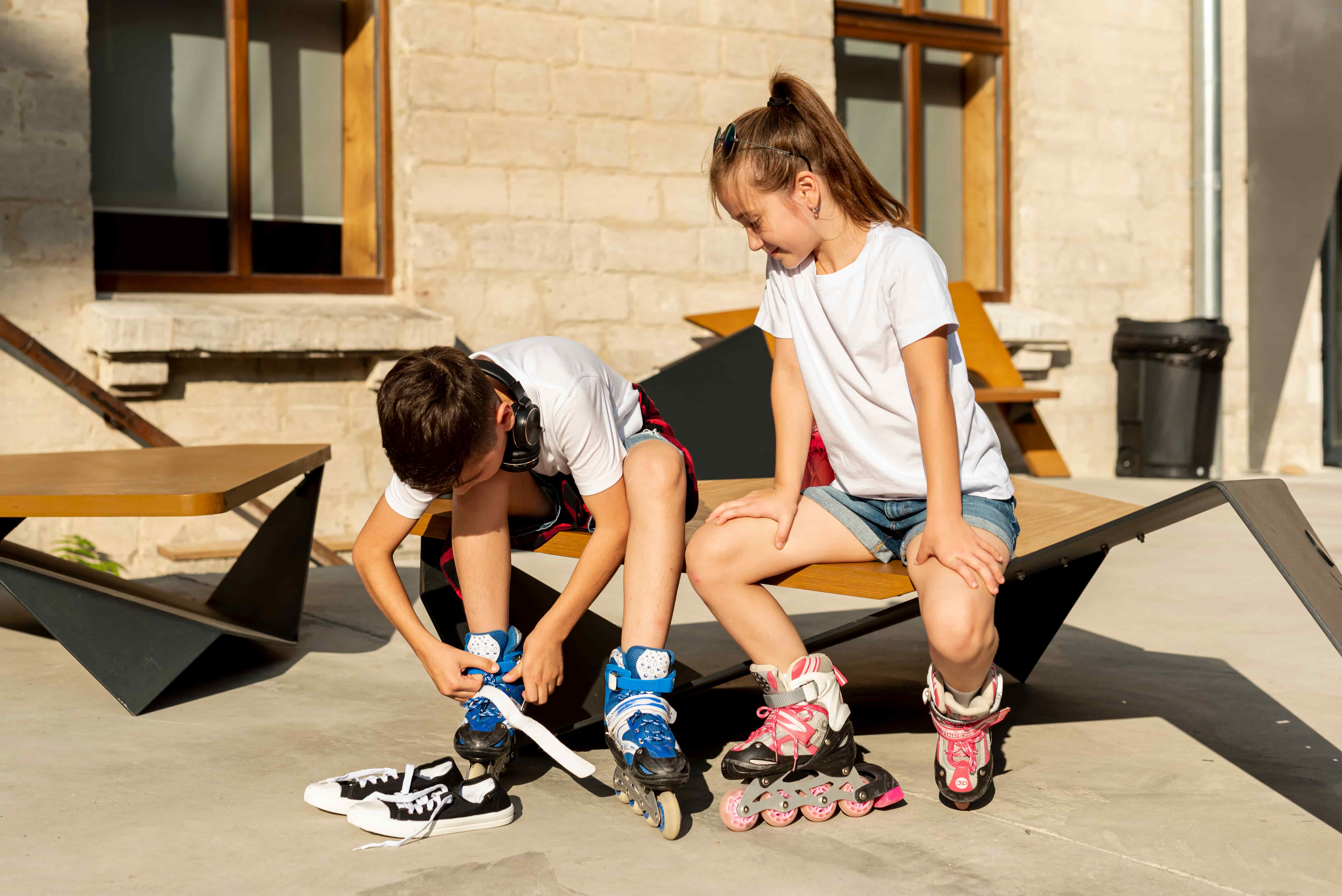
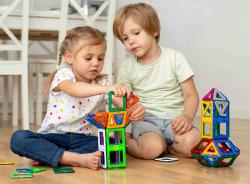
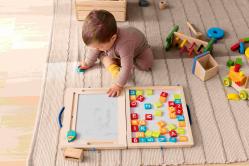
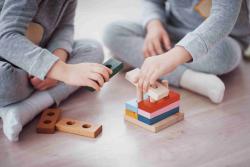

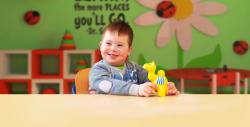

The information below is required for social login
Sign In
Login
Login With OTP
Login With Email
Verify your phone number
OTP has been sent to
Resend OTP
Or
By continuing, you agree to ToysRus’s Conditions of Use and Privacy Notice.
Create New Account